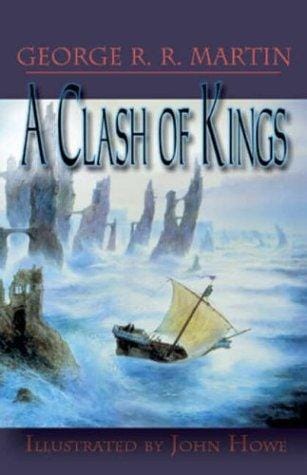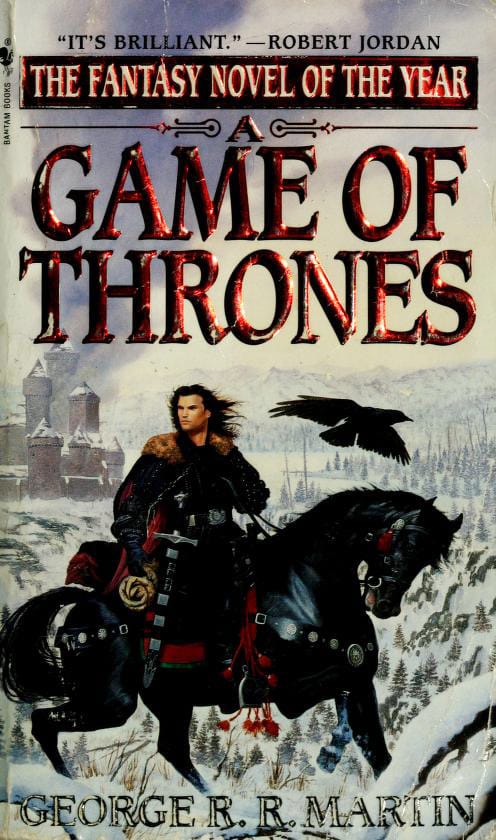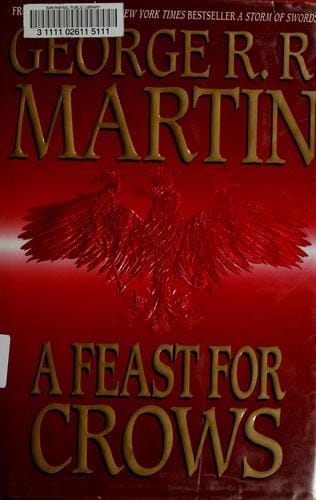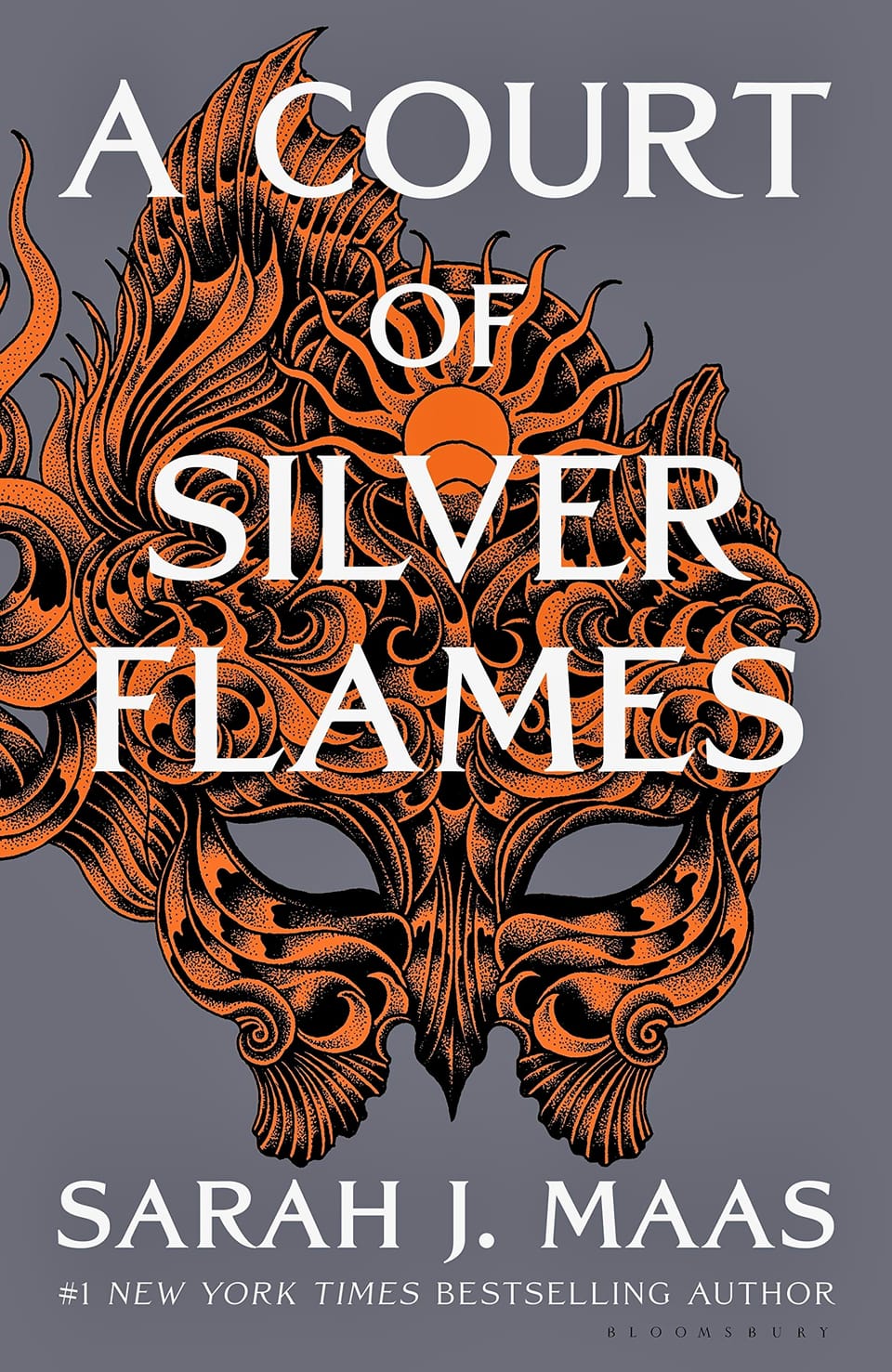A Comprehensive Look at George R.R. Martin’s “A Clash of Kings”

Introduction to A Clash of Kings
"A Clash of Kings," the second installment in George R.R. Martin’s epic series "A Song of Ice and Fire," escalates the brutal power struggle that began in "A Game of Thrones." Published in 1998, the novel catapulted Martin’s richly imagined world further into the public consciousness, laying the groundwork for the record-breaking television adaptation "Game of Thrones." This article explores the key elements that make "A Clash of Kings" a cornerstone of modern fantasy: its intricate plot, layered characters, resonant themes, and lasting cultural impact.
Plot Overview: Five Kings, One Iron Throne
The narrative opens in the aftermath of King Robert Baratheon’s death, with multiple claimants vying for the Iron Throne of Westeros. Stannis Baratheon, Robert’s austere younger brother, asserts his claim with the aid of the enigmatic priestess Melisandre and her fiery god R’hllor. Renly Baratheon, charismatic and beloved, refuses to stand down, fielding a massive host from Highgarden. In the North, Robb Stark is declared King in the North by his bannermen, seeking vengeance for his father’s execution. Across the Narrow Sea, Daenerys Targaryen struggles to nurture her newborn dragons while finding a loyal army to reclaim her family’s crown. Finally, the boy-king Joffrey Baratheon, supported by House Lannister, clings to power in King’s Landing. Against this volatile backdrop, Martin interweaves political machinations, battlefield tactics, and supernatural omens to keep readers turning pages.
New Characters and Rising Factions
While "A Clash of Kings" deepens the arcs of familiar figures like Tyrion Lannister and Arya Stark, it also introduces pivotal new players. Brienne of Tarth defies gender norms with her martial prowess and unwavering honor. The mysterious Reeds—Jojen and Meera—bring prophetic dreams to Winterfell, foreshadowing dire events. On the Iron Islands, Balon Greyjoy seeks independence, sending his son Theon on a fateful mission. Essos welcomes readers to Qarth, where the aristocratic Pureborn, the manipulative Warlocks, and the intriguing spymaster Xaro Xhoan Daxos test Daenerys’s resolve. These fresh perspectives expand the series’ geopolitical canvas, ensuring no single storyline dominates the narrative.
Themes: Power, Identity, and the Price of Ambition
Central to "A Clash of Kings" is the exploration of power—how it is seized, wielded, and lost. Characters discover that titles and crowns alone do not confer legitimacy; true authority demands loyalty, resources, and sometimes sheer brutality. Identity also looms large: Arya Stark disguises herself as a boy to survive, Theon Greyjoy wrestles with divided loyalties between his birth and foster families, and Davos Seaworth grapples with being both smuggler and knight. Martin underscores the steep cost of ambition, reminding readers that victory often inflicts wounds deeper than defeat. Betrayals, broken vows, and moral compromises echo through every kingdom, revealing the human heart beneath the armor.
World-Building: From Storm’s End to Qarth
Martin’s meticulous world-building reaches new heights in this volume. The storm-lashed bastion of Storm’s End, with its legendary thick walls, contrasts starkly with the opulent palaces of Qarth, whose city gates are shaped like mythical beasts. The frosty North remains haunted by ancient gods and cryptic omens, while the Iron Islands offer a harsh seafaring culture that worships the Drowned God. Each locale boasts unique customs, dialects, and cuisines, making Westeros and Essos feel vibrantly real. By sprinkling historical anecdotes—such as tales of the Blackfyre Rebellions or the Doom of Valyria—Martin layers centuries of lore beneath the immediate conflicts.
Political Intrigue: Tyrion’s Tenure as Hand
No discussion of "A Clash of Kings" is complete without highlighting Tyrion Lannister’s masterful political maneuvering. Appointed Hand of the King in his father’s absence, Tyrion fortifies King’s Landing’s defenses, plays rival council members against one another, and plots to contain Cersei’s volatile impulses. His strategic use of wildfire during the climactic Battle of the Blackwater showcases both ingenuity and ruthlessness. Through Tyrion, Martin illustrates the delicate balance between statecraft and survival, where one misstep can invite execution—or worse, humiliation. The Hand’s chapters offer a crash course in Machiavellian tactics, wrapped in razor-sharp wit and self-deprecating humor.
Magic and Myth Resurface
Although "A Game of Thrones" maintained a relatively low-magic tone, its sequel ushers supernatural forces into the spotlight. Melisandre’s shadow assassin defies natural law, while Bran Stark’s greendreams hint at ancient powers awakening beyond the Wall. Daenerys’s dragons, though small, symbolize the return of sorcery to the world. Even the red comet streaking across the sky becomes a Rorschach test: omen of dragons, herald of war, or sign of the gods’ wrath. Martin’s restrained yet impactful portrayal of magic keeps the narrative grounded, ensuring that mystical elements enhance rather than overshadow political drama.
Critical Reception and Cultural Impact
Upon release, "A Clash of Kings" garnered widespread acclaim for deepening character arcs and amplifying stakes without sacrificing nuance. Critics praised Martin’s willingness to challenge reader expectations by subverting heroic tropes and embracing moral ambiguity. The novel received nominations for the Nebula Award and won the Locus Award for Best Fantasy Novel, cementing its reputation as a genre landmark. Its influence expanded exponentially when HBO adapted its events into the second season of "Game of Thrones," sparking global conversations about fantasy, leadership, and the blurred line between heroism and villainy.
Reading Tips: Navigating Multiple POVs
For newcomers, the sprawling cast and shifting perspectives can seem daunting. One effective strategy is to consult the book’s appendices, which list noble houses and sigils, reinforcing memory through visual cues. Audiobook listeners may benefit from pairing narration with a physical map, clarifying distances and allegiances. Re-reading earlier chapters often reveals foreshadowed twists, such as Arya’s coin from Jaqen H’ghar or the mysterious connection between dragons and the red comet. Finally, pacing yourself—perhaps one or two point-of-view chapters per sitting—allows time to digest intricate political moves and subtle character transformations.
Conclusion: Why A Clash of Kings Endures
More than two decades after publication, "A Clash of Kings" remains a masterclass in epic fantasy storytelling. Its balanced blend of political intrigue, realistic characters, and emerging magic sets a high bar for subsequent novels in the genre. By refusing to offer easy victories or neat morality tales, George R.R. Martin invites readers to ponder the true nature of power and the fragile threads that bind societies together. Whether you are revisiting the series or embarking on your first journey through Westeros, "A Clash of Kings" promises a thrilling, thought-provoking experience that lingers long after the final page is turned.


